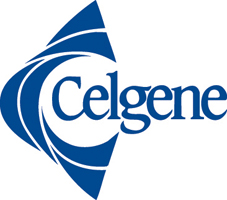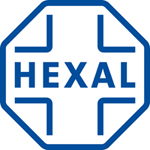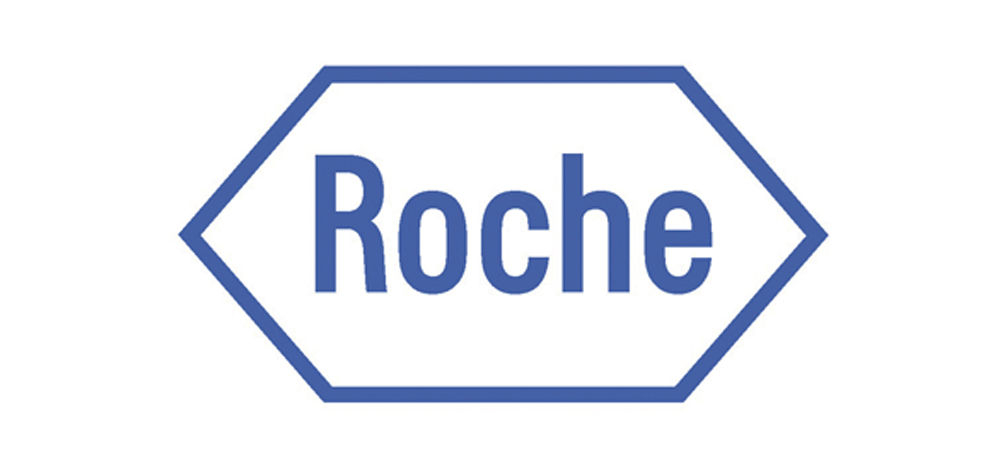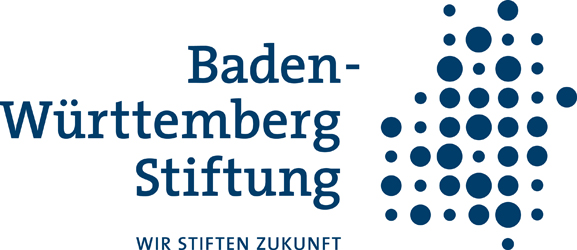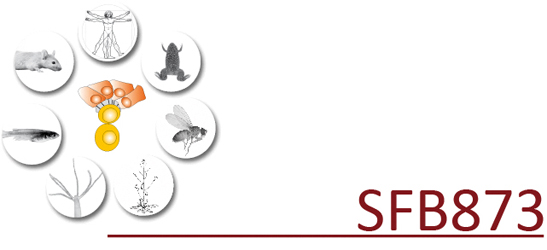
Dear Colleagues,
The Research Database of the Center for International Blood and Marrow Transplant as well as the European Bone Marrow Transplantation Registry have shown that in the past years, 95-98% of the autologous transplantations and 70-75% of the allogeneic transplantations performed world-wide were collected from the peripheral blood. The main advantages compared to bone marrow include: harvesting blood stem cells is far less painful for the donor, utilizes much less resources such as operating theater time, general anesthesia, and, above all, is associated with significantly accelerated reconstitution.
Given this impact, the shift from bone marrow derived to blood derived stem cells for transplantation has been a major milestone in transplantation medicine. Numerous researches have made relevant contributions and provided incremental knowledge, leading to the first clinical attempts in the mid-1980s. The first successful transplantation using peripheral blood stem cells in 1985 in Heidelberg therefore represented the culmination after years and decades of arduous research work by many researchers from institutions around the globe.
In the thirty years, we have identified the ever-changing clinical roles of marrow and blood stem cell transplantations for long-term cure. Above all, we have witnessed the revolutionary development of stem cell research, its impact on regenerative medicine and on regulation of stem cell fate on the one hand, and the evolution of genetically engineered, specific immuno-competent cells from the principles of stem cell transplantations for specific targeted cell therapy on the other. This symposium presents the essential high-lights within this stream of continuous scientific and clinical evolution.
Welcome to Heidelberg and enjoy the conference!
Anthony D. Ho
to our conference
SPEAKERS
Michael Andreeff, Houston, USA
Hellmut Augustin, Heidelberg
Ted Ball, San Diego, USA
Petra Boukamp, Heidelberg
Michael Boutros, Heidelberg
Malcolm Brenner, Houston, USA
Richard Champlin, Houston, USA
Francesca Ciccolini, Heidelberg
Klaus Cichutek, Langen
Hartmut Döhner, Ulm
Peter Dreger, Heidelberg
Gerhard Ehninger, Dresden
Werner Franke, Heidelberg
Anne-Claude Gavin, Heidelberg
Hanno Glimm, Heidelberg
Hartmut Goldschmidt, Heidelberg
Xi Xi He, Kansas City, USA
Rüdiger Hehlmann, Mannheim
Helen Heslop, Houston, USA
Armand Keating, Toronto, Canada
Gerd Klein, Tübingen
Hans-Jochem Kolb, München
Nicolaus Kröger, Hamburg
Jakob van Laar, Utrecht, Netherlands
Tsvee Lapidot, Rehovot, Israel
Claudia Lengerke, Basel
Linheng Li, Kansas City, USA
Dai-Hong Liu, Beijing, China
Jan Lohmann, Heidelberg
Albrecht Müller, Würzburg
Christof Niehrs, Mainz
Michael Pfreundschuh, Homburg
Lenhard Rudolph, Jena
Oliver Rothfuss, Tübingen
Karin Scharffetter-Kochanek, Ulm
Hans Schöler, Münster
Toshio Suda, Tokyo, Japan
Verdon Taylor, Basel
Andreas Trumpp, Heidelberg
Jochen Utikal, Mannheim
Wolfgang Wagner, Aachen
Suzanne Watt, Oxford, UK
Jochen Wittbrodt, Heidelberg
Locations
limited parking, not freely available
Public transport: Bus no. 31 or 32 towards „Universitätsplatz“ – get off at „Universitätsplatz“
limited parking, not freely available
Public transport: Bus no. 32 towards „Neuenheimer Feld/Kopfklinik“ – get off at „Medizinische Klinik“



